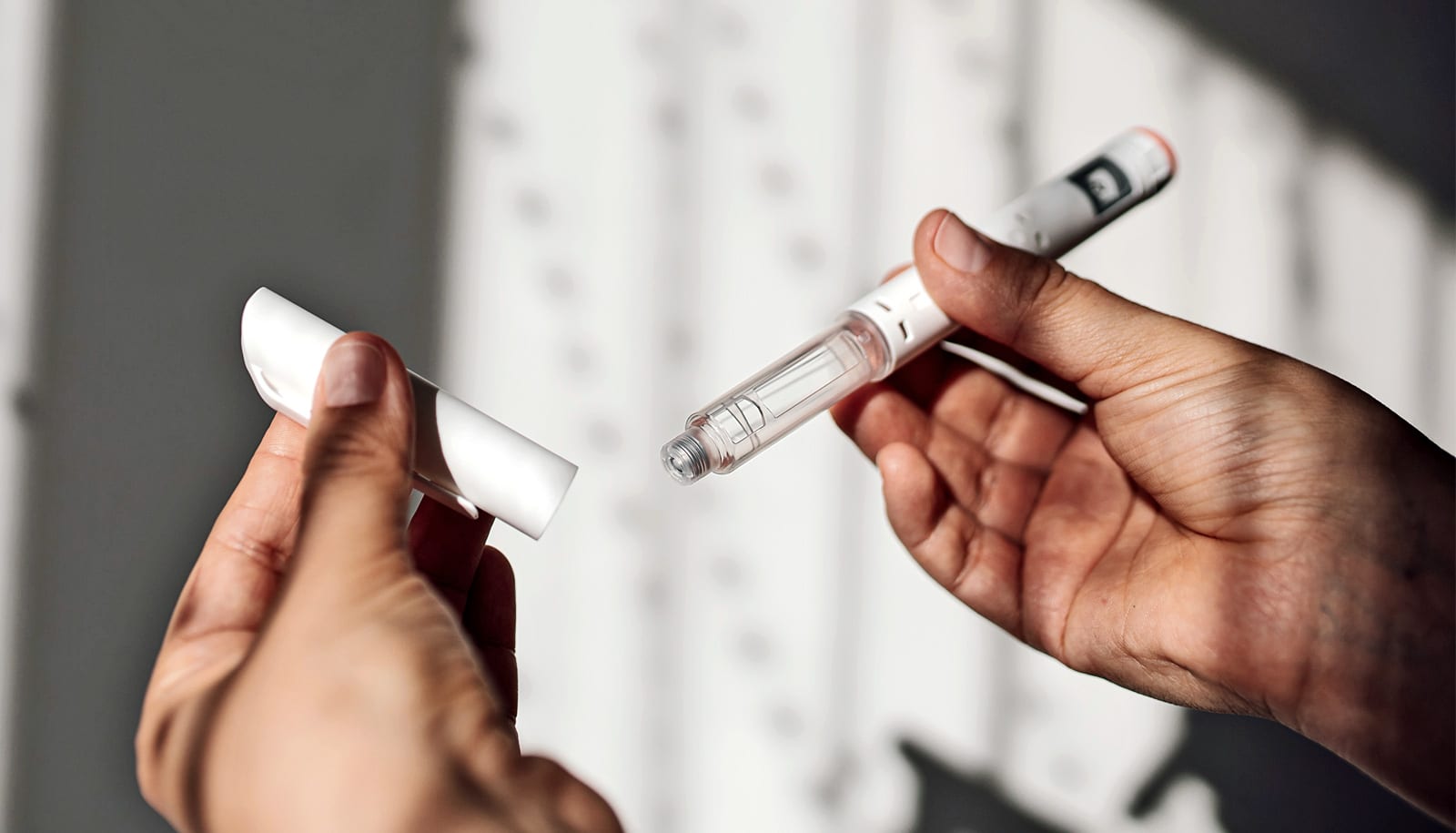Researchers have identified a protein that is critical to the success of Plavix, a drug that stops blood clots from forming during a heart attack.
“We believe these findings could lead to improved strategies for treatment following a heart attack and a better understanding of why people respond differently to anti-platelet drugs, such as aspirin and Plavix,” says Wolfgang Bergmeier, professor of biochemistry and biophysics at the UNC School of Medicine.
The research, which was conducted in mice, may also open the door to developing antidotes to Plavix, which was the second-best selling drug in the world prior to its patent expiring in 2012.
It is still prescribed under its generic name clopidogrel to millions of people with heart disease, peripheral vascular disease, and cerebrovascular disease.
However, the drug’s anti-platelet effect increases the risk of bleeding in patients and makes emergency surgery too risky because Plavix affects the ability of platelets to prevent blood loss after vascular injury. An antidote would bypass the need to wait until the kidneys eliminate the drug from circulation.
The history of Plavix
Since the 1970s, scientists knew that clopidogrel had an anti-clotting effect on platelets. In 2001, they found the compound’s target—a cell receptor called P2Y12.
As Plavix was developed into a multi-billion-dollar drug, scientists still didn’t know how this receptor communicated with other proteins in the cell pathways important for platelet activation. This also meant they didn’t know why people responded differently to the drug.
Researchers have since learned that the receptor P2Y12 communicates with a small protein called Rap1, which is like a cellular switch. In platelets, this switch is typically off, which keeps platelets in a non-sticky state.
In the arteries that feed blood to the heart, plaque builds over time. But this buildup isn’t typically the cause of heart attacks; they occur when the plaque ruptures and platelets rush in to plug the rupture.
This clotting blocks the artery, which blocks oxygen from entering the heart. And that causes the heart attack.
How Plavix works
To counteract the effects of the clot, Plavix hits its P2Y12 target to flip the Rap1 switch back to the off position so the platelets return to their quiet, non-sticky state. Aspirin also helps keep platelets from sticking.
[related]
Until now, no one knew how hitting the P2Y12 receptor triggered the Rap1 protein to switch off. The experiments conducted by the Bergmeier lab show that the Rasa3 protein is a crucial player in this process.
“Platelets live in unique environment and they need to be very sensitive to changes in that environment,” says Bergmeier, senior author of the study published in the Journal of Clinical Investigation. “They are ready to jump into action almost without anything happening. You could say they’re in a preloaded state.
“But for that to be possible, they need a breaking system that keeps the platelets in the off state so that they don’t do anything until they absolutely have to.”
Rasa3 is a key part of that breaking system, and Plavix makes sure that the break stays on.
The National Institutes of Health, the American Heart Association, the European Hematology Association, and the International Society of Thrombosis and Hemostasis supported the work.
Source: UNC-Chapel Hill


